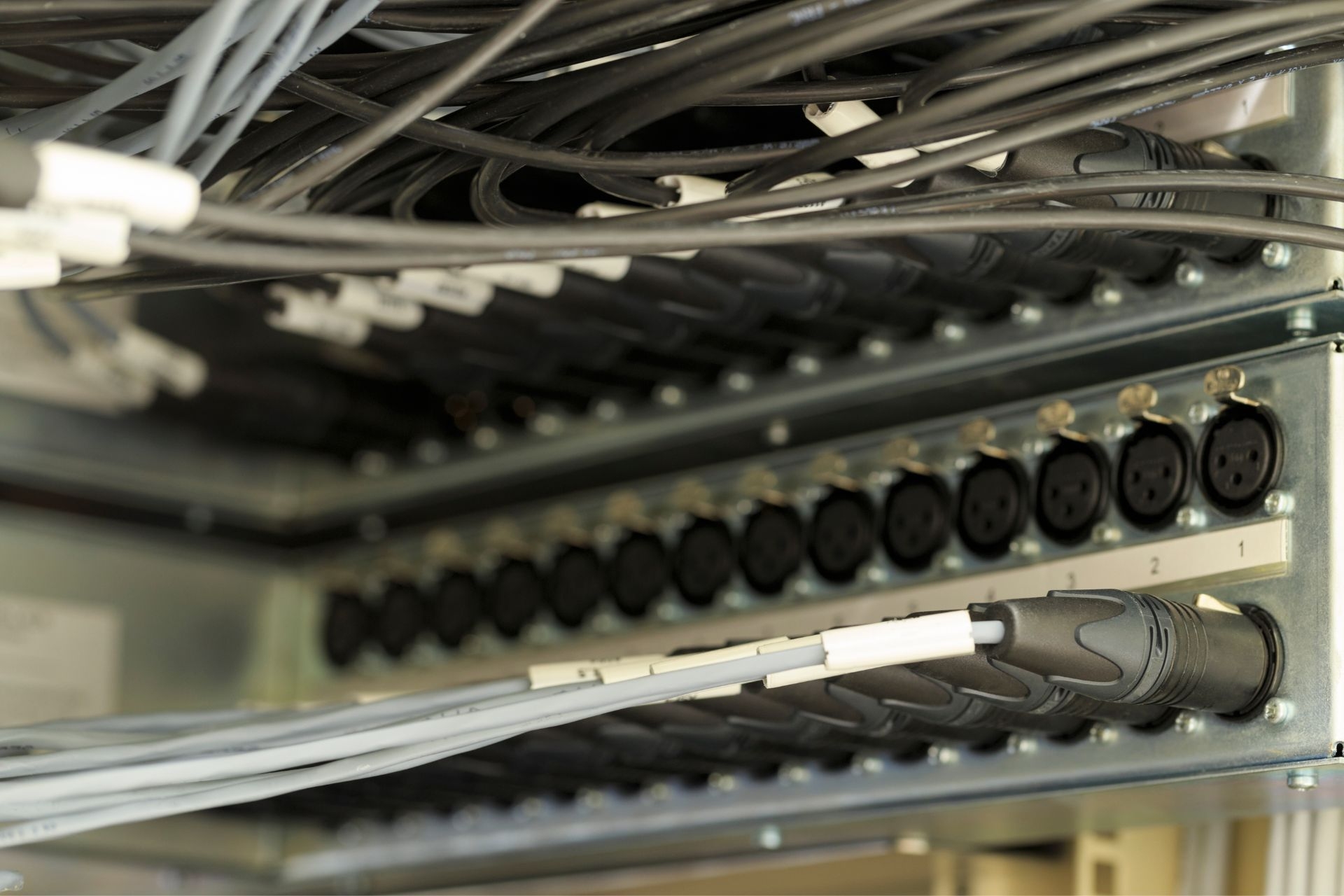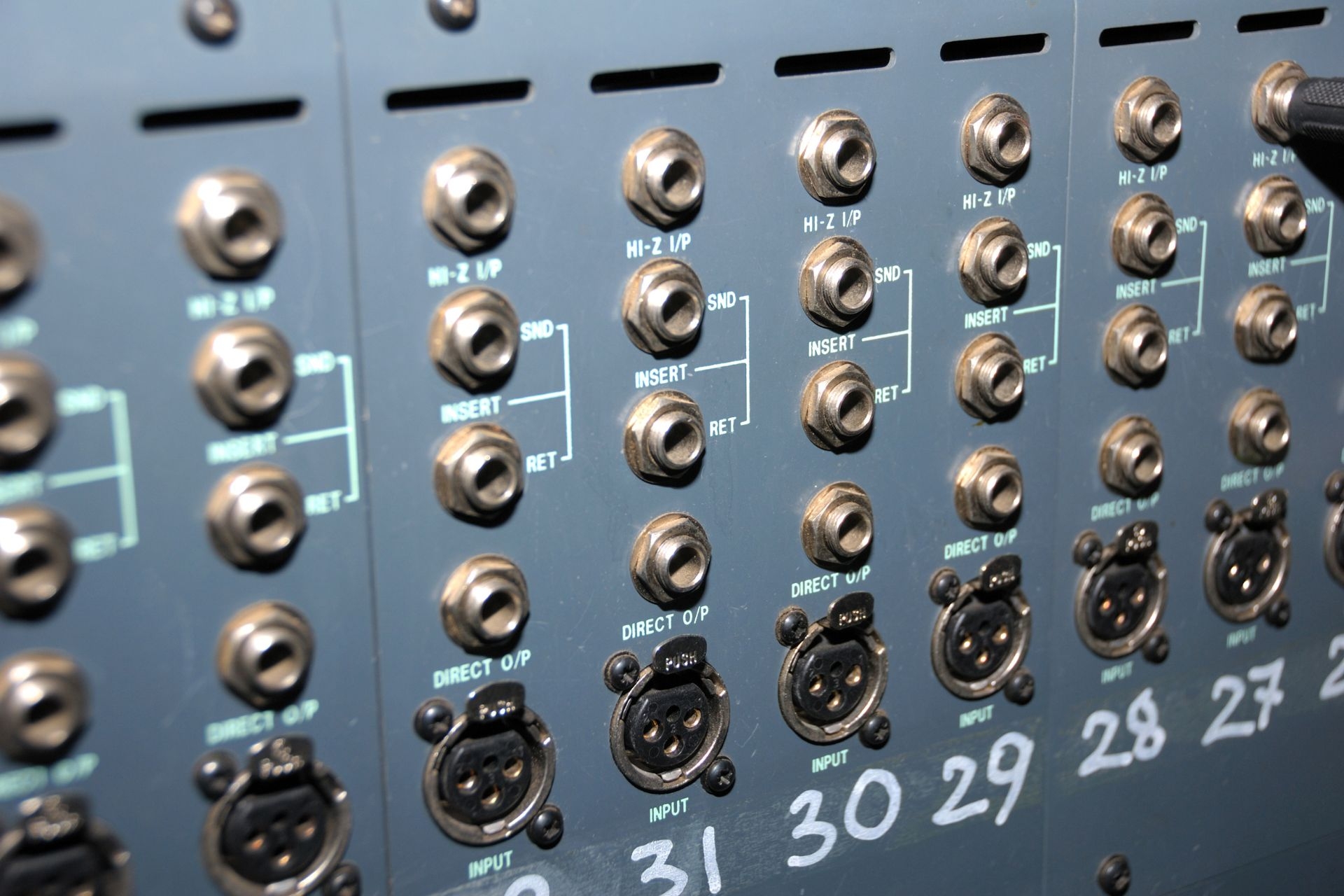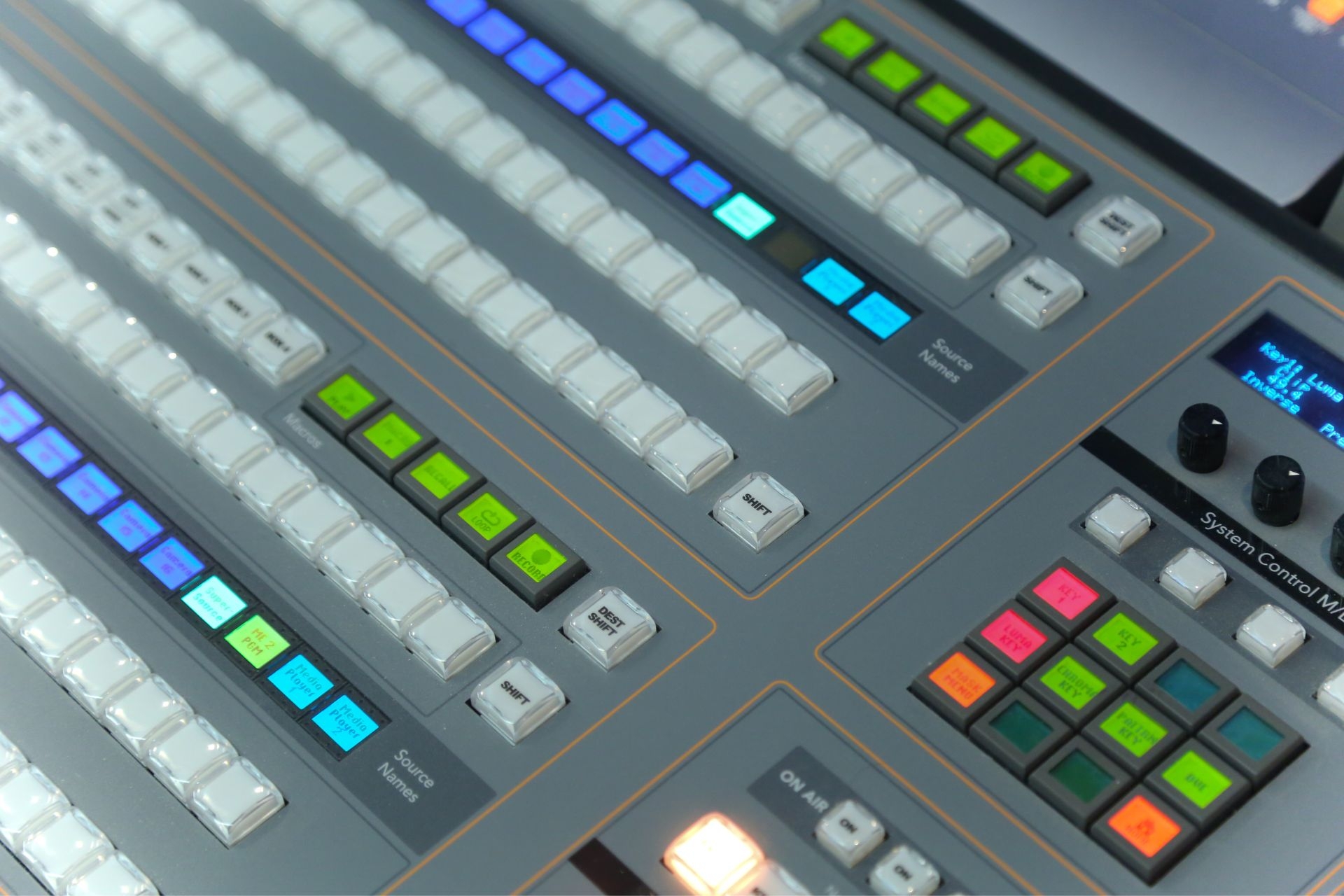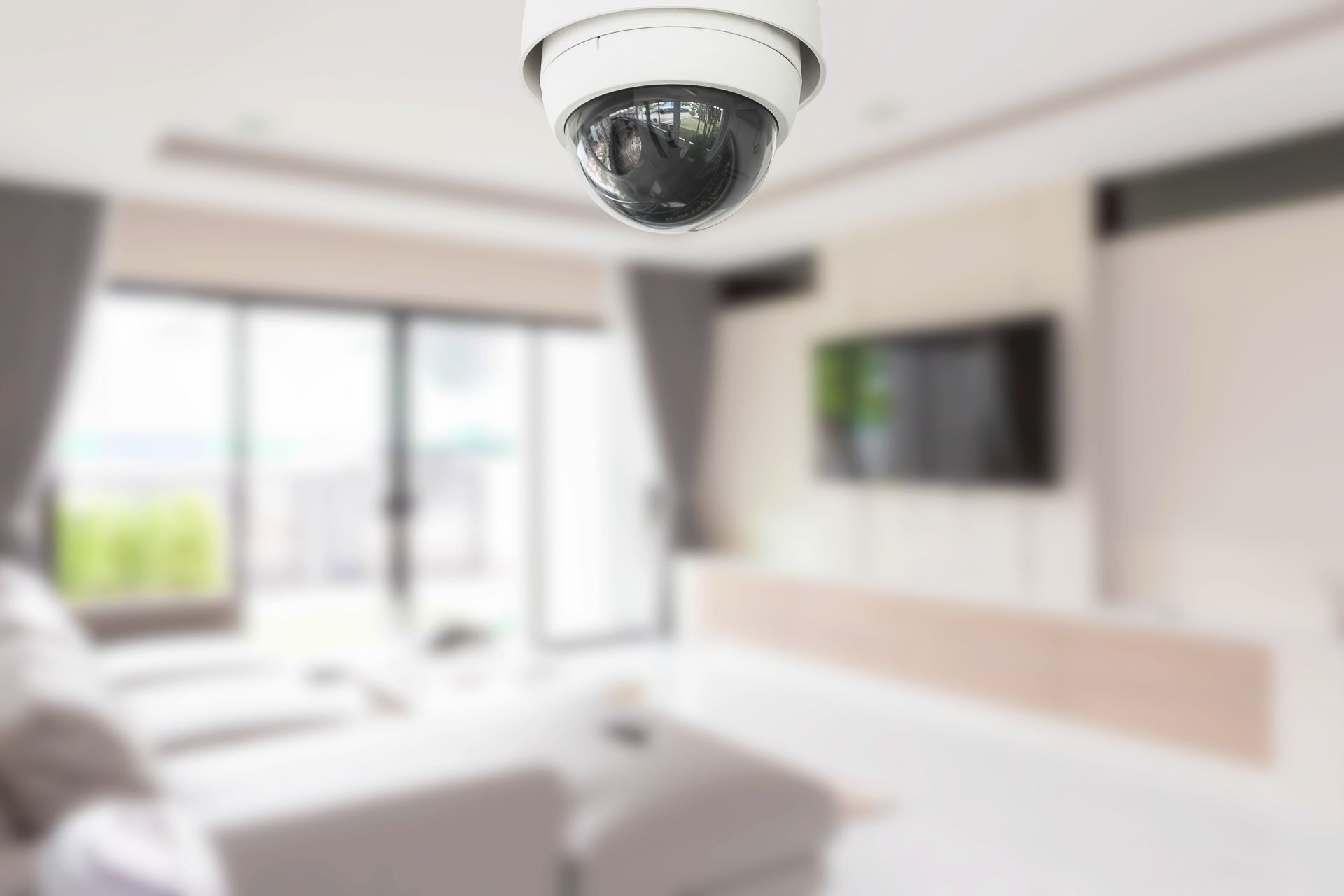Queue Management Wireless Cameras
How do wireless cameras improve queue management efficiency?
Wireless cameras improve queue management efficiency by providing real-time monitoring of queues, allowing staff to identify bottlenecks and allocate resources accordingly. With wireless cameras, managers can remotely view multiple queues simultaneously, enabling them to make informed decisions to streamline the flow of customers. This technology helps reduce wait times, improve customer satisfaction, and optimize staff productivity in various industries such as retail, healthcare, and transportation.
Types of Wireless Cameras Available For Applications Such As Retail or the Hospitality Industry



